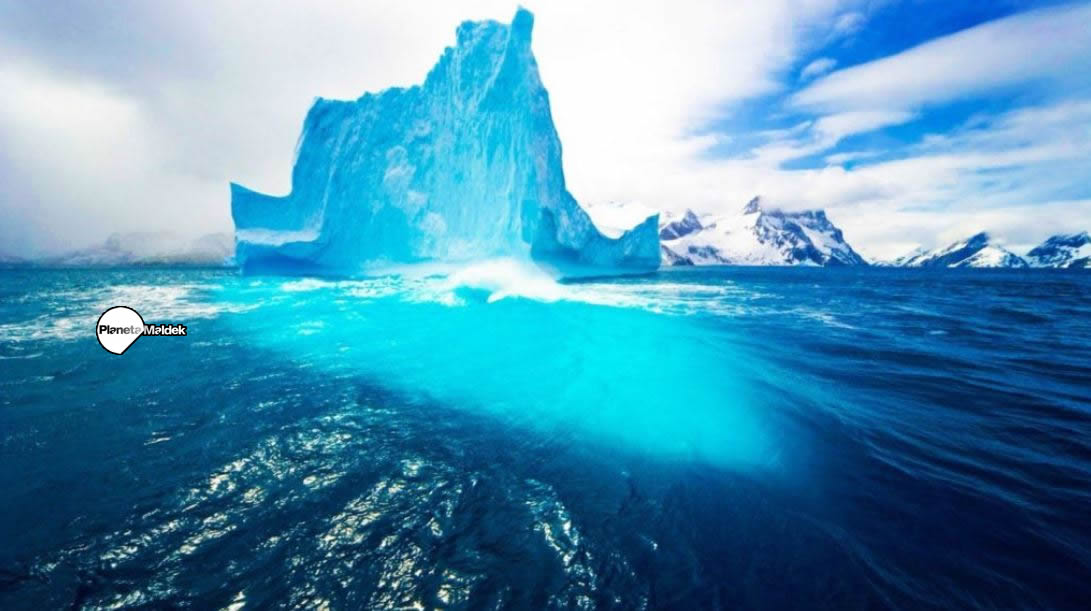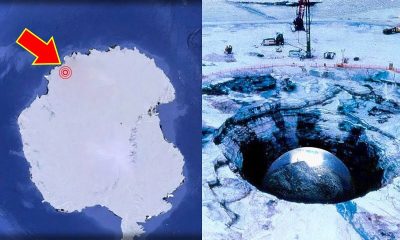Beneath the ice of Earth’s fifth-largest continent, for example, more than 400 lakes have been discovered, but scientists have only reached four of them. It’s worth noting that Russian scientists were the first to reach the lakes near Antarctica: in 2012, water samples were obtained from Lake Vostok.
They found three bacteria specific to this reservoir. Now, microbiologists and geneticists are holding out hope of discovering other life forms in the Antarctic lake beneath the ice that were previously unknown to science. For example, bacteria WPS-2 and AD3 live in the soil with other organisms and don’t need solar or geothermal energy. With a very limited supply of nutrients, they literally switched to an “air diet,” which was a disconcerting discovery for scientists.
But ice discoveries in Antarctica aren’t limited to lakes. Not long ago, scientists discovered a giant cavity beneath the Thwaites Glacier , covering an area of about 40 square kilometers and measuring about 300 meters in height, formed by the melting of some 14 billion tons of ice.
For experts, this is an alarming sign for several reasons. First, most of this ice has melted in the last three years. Second, these cavities significantly reduce the icebergs’ strength. This leads to an acceleration of their destruction and a rise in sea level.
However, not all cavities under the ice are formed due to melting. Researchers have also found craters that, on the contrary, fill with water, creating new ice lakes. Their only distinguishing feature is that they are not isolated from the oceans, so they are unlikely to be habitats for previously unknown life forms and, from the perspective of discoveries, are not as interesting to researchers.

What is hidden under Antarctica?
Underwater caves full of life
In addition to lakes and caves, Antarctica is home to active volcanoes (a total of 91 have been found on the continent); for example, Mount Erebus on Ross Island, which, due to its volcanic activity, has created a highly developed network of underwater caves.
In these “nooks” melted into the ice by volcanic steam, scientists discovered several DNA sequences that did not correspond to any known organism. This means that these caves may harbor plant or animal species still unknown to science.
Furthermore, researchers are very optimistic and do not rule out the possibility of even discovering unique ecosystems, not just individual organisms. Another mystery the continent has thrown scientists is the strange ice tremors that shake Antarctica every night.
However, the secret wasn’t kept for long. After studying the unusual phenomenon, researchers concluded that the ice surface is capable of creating small earthquakes, or rather, even ice tremors. The tremors recorded by seismographs allowed scientists to determine how the melting of the ice and the resulting surface movements manifest themselves in this way.
It must be said that the above discoveries are only a small part of what scientists have learned about Antarctica in recent years. And one can only guess how many more secrets this mysterious continent holds beneath its ice.



